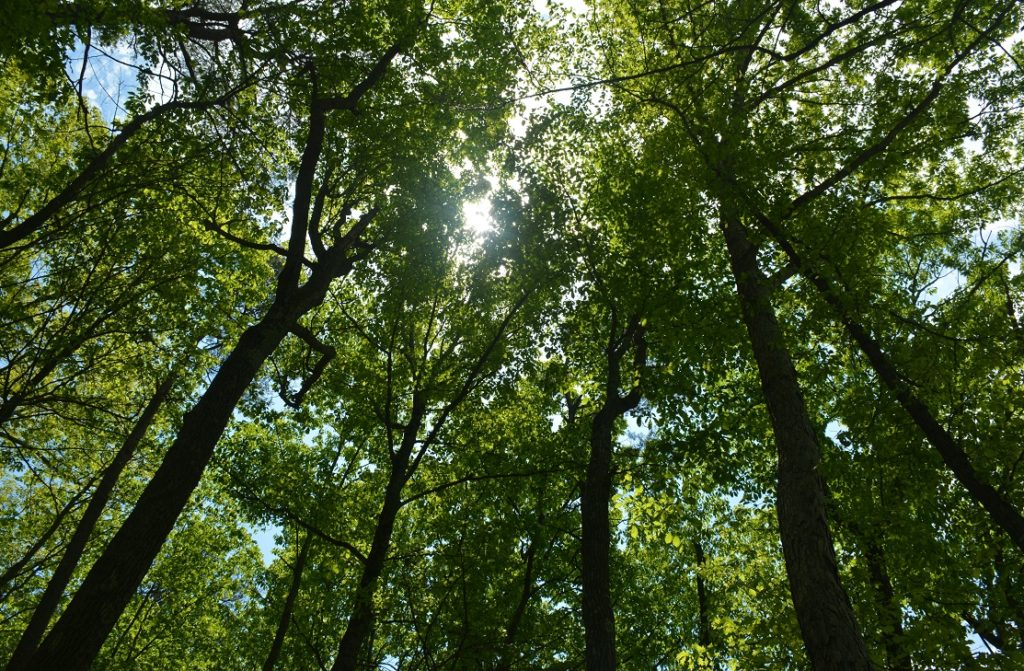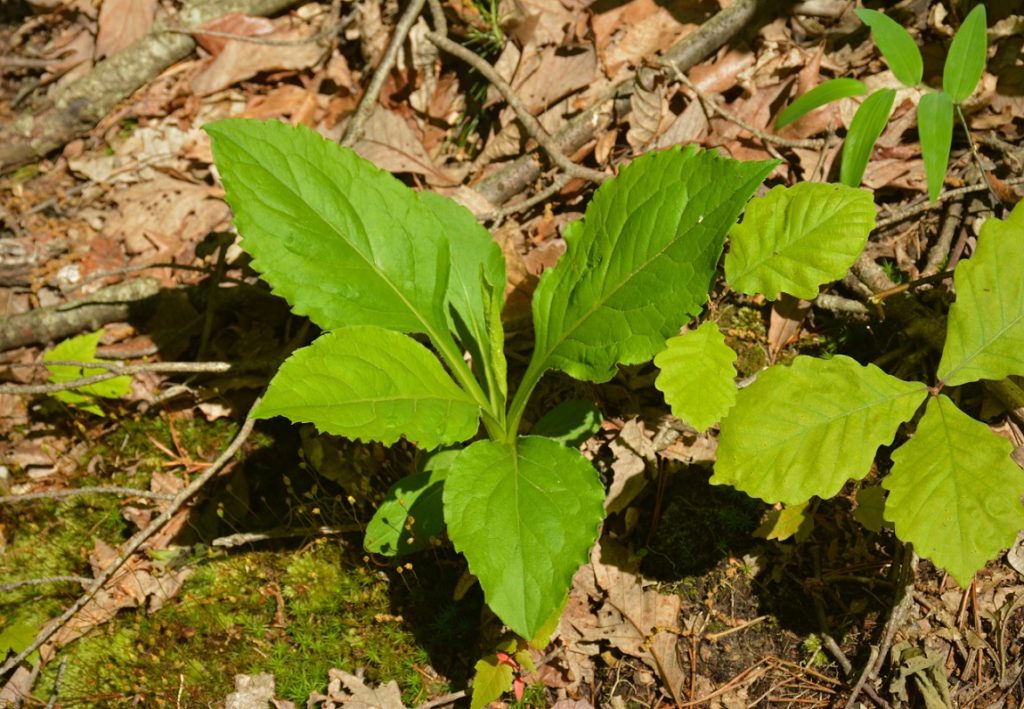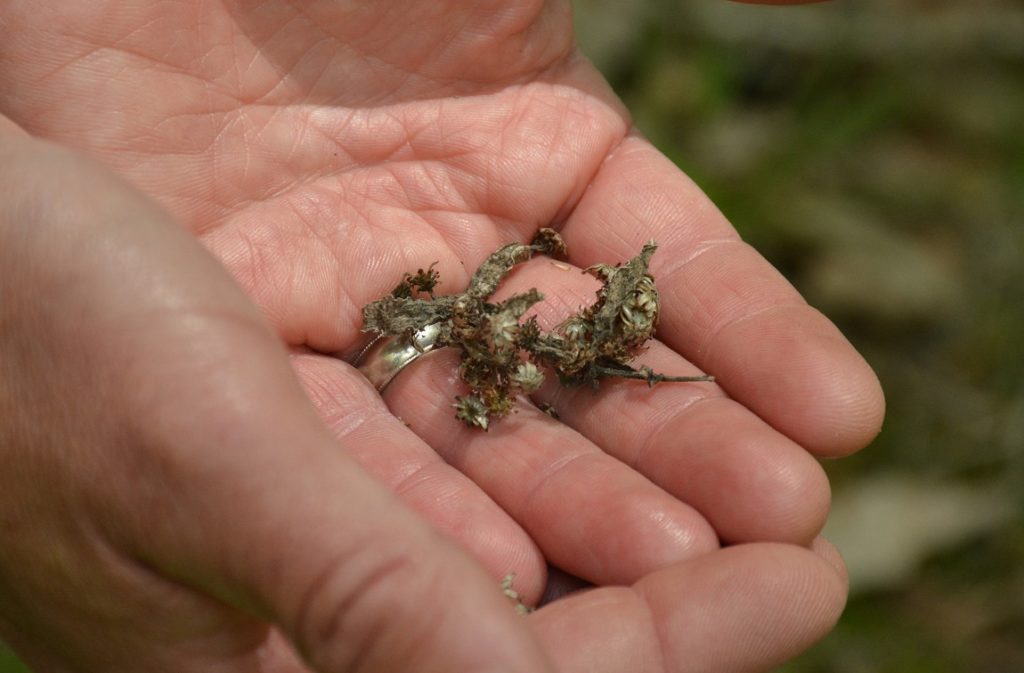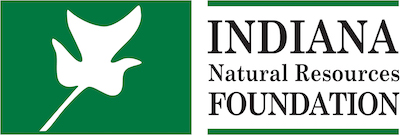Protecting Biodiversity at Outbrook Ravine Nature Preserve

Forests rich in biodiversity are the foundation of healthy ecosystems that wildlife and humans depend on. Greater diversity is critical to maintaining clean air, water, and soil. By using healthy forest management techniques, we can better protect the lush biodiversity we rely on.
Thanks to a grant from the Sam Shine Foundation, the DNR Division of Nature Preserves is working to protect the rich biodiversity at Outbrook Ravine Nature Preserve, which is in Clark State Forest. The grant directly addresses the current decline of key species such as the various oaks and Virginia pine native to southern Indiana. Many other species facing decline will also benefit, including the endangered Deam’s penstemon and Stout goldenrod.
“The methods we are using to combat species decline include forest stand management to remove shade-tolerant species in the mid- and upper canopy, control of invasive species, and reintroduction of periodic ground fires needed for pine and oak recruitment,” says Tom Swinford, chief ecologist and assistant director for Nature Preserves.
Most of the tall, mature trees in the area are varieties of oak and hickory, which are considered the cornerstone of Indiana’s forests because so many species depend on their mast as a food source. The current concern is that the understory, or young trees that will eventually replace the forest’s mature trees, are shade-tolerant species like beech and maple. Young oak trees can’t flourish under such conditions. They depend on sunlight to grow, and a shade-tolerant canopy is too thick to allow sunlight to reach them. By opening the canopy and removing shade-tolerant species, young oak and hickory trees have a chance, as do the species that rely on them.

The canopy allows little sunlight to reach the forest floor, starving young oak and hickory saplings.
“By removing the understory that had proliferated there over time, the herbaceous layer typically found there will be enhanced and become more vigorous,” says John Bacone, former director of Nature Preserves. “This will make future management, including by prescribed fire, easier to administer, ensuring that this fine natural area will be in a quality condition 25 years from now and into the future.”
An endangered plant species is also receiving a second chance thanks to forest management practices.

A Stout Goldenrod plant raised by DNR.
“Stout goldenrod was abundant when it was first discovered in this region,” says Nature Preserves ecologist Jason Larson. “In recent years, we began to notice there were only a few remaining that we could find. We took some of the plants we had into captivity, and we cross-pollinated and raised up some seeds. We planted them and have them marked. They need sunlight in order to flourish, and now that the canopy has opened in certain areas, the population has a chance to grow.”

Jason Larson, ecologist for the Division of Nature Preserves, holds endangered Stout Goldenrod seeds.
The Sam Shine Foundation shares a mission with the Division of Nature Preserves and the INRF to preserve the biodiversity of Indiana forests.
“When partnering with INRF and DNR, Sam Shine Foundation increases the scale of conservation, improves stewardship efficiencies, and maintains a science-based approach to major conservation projects,” according to C.J. Jackson, Sam Shine’s executive director. “Having highly functioning conservation partnerships like these are critical when combating some of the most significant conservation challenges facing us today.”
The conservation work at Outbrook Ravine is just one example of an Indiana forest in need of management practices to sustain its biodiversity. There are many other opportunities across Indiana where such work could improve the overall forest health. If you care about sustaining Indiana’s rich biodiversity and maintaining healthy forest ecosystems, please consider making a donation to the INRF today.
